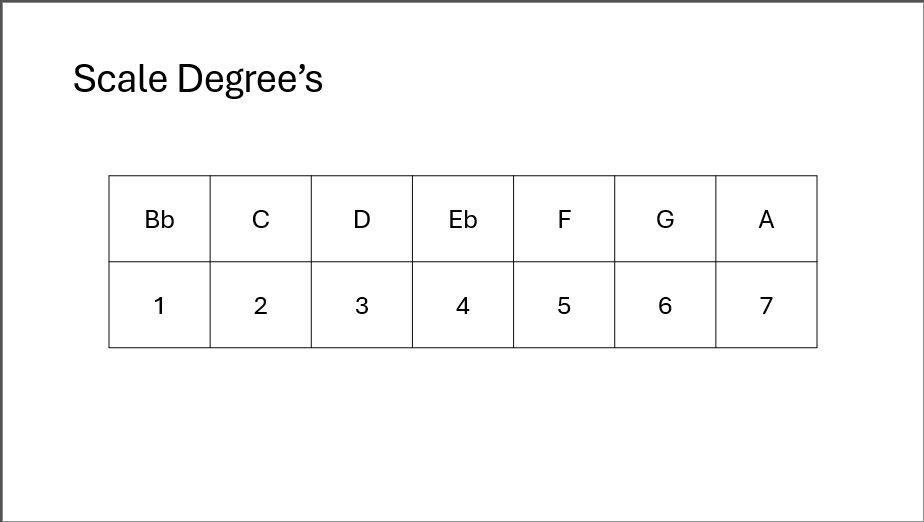Sheet music can be a daunting landscape for many aspiring musicians. However, with the right tools and a solid method, deciphering it becomes an accessible and rewarding skill. In this article, we'll explore how to use the Circle of Fifths to find the key of a song, navigate the fretboard with Guitar Pro, and use scale degrees to make informed note choices.
In This Article
Master Every Chord
Never struggle with chord fingerings again. Download our FREE Essential Chord Cheat Sheet with diagrams for all the must-know chords every guitarist needs.
Understanding the Circle of Fifths
The Circle of Fifths is a powerful tool for understanding the relationship between keys. It organizes the 12 musical keys based on their proximity in terms of sharps or flats. Starting with C major (no sharps or flats), each key moving clockwise is a perfect fifth higher and adds one sharp. Moving counter-clockwise adds one flat.

Finding the Key of a Song
To determine a song's key, look at the key signature (the sharps or flats at the beginning of the staff). For example, one sharp (#) indicates the key of G major or its relative minor, E minor. Three flats (♭) signifies Eb major or its relative minor, C minor. In the example below of "Stellar" by Jim Snidero, the two flats tell us the key is Bb Major or G minor.

Using Guitar Pro to Navigate the Fretboard
Guitar Pro is invaluable for visualizing sheet music on a virtual fretboard. Once you know the key, you can identify the corresponding notes on the neck. Guitar Pro shows you where each note on the staff is located, which helps you choose the correct fingering based on the note's register (how high or low it is). This is how we diagramed this song!

Using Scale Degrees for Informed Note Choices
Scale degrees are the numbers assigned to each note of a scale (1 through 7). They help you understand the harmonic structure of a piece. By identifying the scale degrees, you can make informed note choices that complement the underlying chords. This is easier than thinking of individual note names and allows you to use familiar scale shapes to map out the song. Your first attempt might be a bit clunky, but as you refine your choices based on playability, it will become more natural.

Success Story: Rishi's Jazz Band Audition
Recently, my student Rishi auditioned for his school's jazz band. Using this exact process, we analyzed the audition piece, identified the key signature with the Circle of Fifths, and located the notes on Guitar Pro. By understanding the scale degrees, Rishi delivered a stellar performance and successfully secured his spot. This shows how effective these techniques are in real-world scenarios.

Frequently Asked Questions
The Circle of Fifths is a visual tool that organizes the 12 musical keys to show their relationships. For guitarists, it's a powerful cheat sheet for quickly identifying key signatures (how many sharps or flats are in a key), understanding chord progressions, and finding a song's relative minor key.
After identifying the two possible keys from the key signature (e.g., C major or A minor), look at the first and last chords of the song. Often, the song will resolve to the root chord, which will be your answer. If the song feels like it ends on an A minor chord, it's likely in A minor.
Scale degrees (1, 2, 3, etc.) tell you the function of a note within the key, which is a universal concept. This allows you to easily transpose songs to different keys and recognize familiar patterns. Instead of memorizing 'G-A-B', you think '1-2-3', which applies to any major scale you play on the fretboard.
Conclusion
Learning sheet music doesn't have to be a daunting task. By using tools like the Circle of Fifths, Guitar Pro, and scale degrees, you can confidently navigate the musical landscape. With practice and perseverance, you'll unlock a world of musical possibilities and take your playing to new heights.
This Article is written by Travis Osterloh @ Osterlohguitaracademy.com. See our website for more articles and inquiries!

Feedback & Comments (0)
Leave a Rating & Comment
Loading comments...